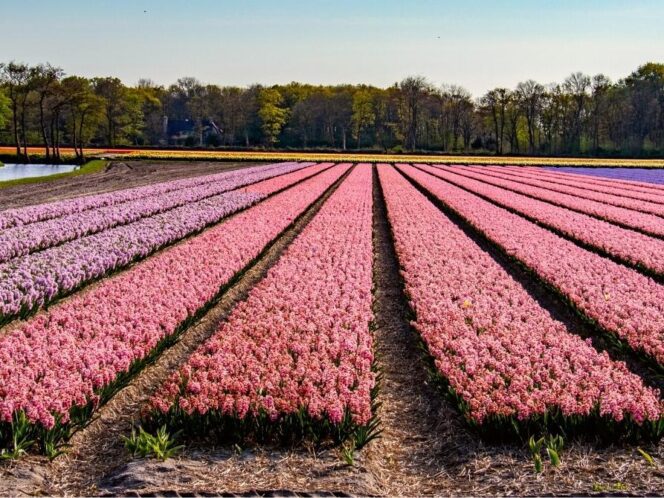
Summer has quickly turned to fall and the crisp air is here to stay. More than once we’ve caught ourselves day dreaming about foliage, apple orchards and pumpkin flavored treats as we are mesmerized by the falling leaves outside our window. But perhaps the thing we’re most eager to enjoy, the reason we anticipate the changing of the seasons, is hard cider.

The recent growth of cider is not a new sensation–prior to the days of prohibition, cider was America’s beverage of choice–but not many would have predicted the incredible growth hard cider has experienced in recent years. Quietly taking a backseat to the highly publicized craft beer and local food movements, American hard cider production tripled from 2011 to 2013, from 9.4 million gallons to 32 million gallons. According to TIME magazine, craft beer growth rose from 11.5 million barrels brewed to over 15 million barrels in that same time period, making hard cider the fastest-growing alcoholic beverage category in the U.S.
One of the reasons cider has taken off is due to the ease of production. The renaissance of cider in Europe came much earlier, so we turned to the experts at Stonewell Craft Cider in Ireland to tell us about the process from branch to bottle:
1. Washing and Sorting: When the apples arrive we wash and manually sort them, removing any which we consider over-ripe or damaged
2. Milling: Cider apples contain much less moisture than other apples so these apples are milled into much thicker chips.
3. Press and Fermenting: The milled apple is then moved to our press, from where the juice feeds straight into our fermentation tanks. Similarly to our milling process, each different apple variety is pressed and fermented separately.
4. Add the Yeast: We then add a naturally cultured champagne yeast which gives the cider such a distinguished “nose” and smoothness on the pallet. Depending on the temperature the juice will ferment in 4 to 8 weeks.
5. Taste Testing: Once the cider is fermented it is laid down to mature is flavor for a minimum of 3 months.
6. Add the Apple Juice: We take the ciders fermented from the different apple varieties and blend them together with fresh apple juice to replace the sugar, which has disappeared during fermentation, and restore the perfect level of sweetness in our finished product.
7. Filter, Pasteurize, Carbonate and Bottle: Our cider is now ready to be filtered, pasteurized, carbonated and bottled.
8. The Finished Product: It’s time to indulge!

Stonewell Medium Dry: Ireland
Our favorite cider is undoubtedly a bottle of Stonewell Medium Dry. The first cider on their production line, the Medium Dry blend consists of three ciders drawn from different apple varietals. The high content of eating apples provides the strong golden color, while the cider apples are higher in natural sugars and increase the alcohol content. The strong apple aroma, initial burst of flavor and smooth finish make this Stonewell’s most popular cider.
Woodchuck Amber: Vermont
The result of an experiment in a two-car garage back in 1991, Woodchuck Amber lead the way for all other U.S. ciders on the market. While other cideries experiment with ingredients to create one-of-a-kind flavors, the Woodchuck Amber recipe hasn’t changed in nearly 25 years. It’s traditional. It’s clean. And it boasts and big red apple flavor. For those of you looking to wow family and friends this Thanksgiving, give the turkey a sweet cider flavor with this Woodchuck Amber Can Turkey recipe!
Reverend Nat’s Revival: Oregon
In true Portland fashion, Rev. Nat West was a die-hard craft beer revolutionary. But the taste of his first homemade cider–the sweet, rich, tart, and nutty flavors–spurred his passion to search for superior ingredients and create ciders that no one else offers. His newest release, Revival, is a blend of Washington-grown apples and piloncillo (dark brown evaporated cane juice). Add in the complexity of two exotic yeast strains and the result is a distinct, yet subtly familiar cider with just the right amount of sweetness.








